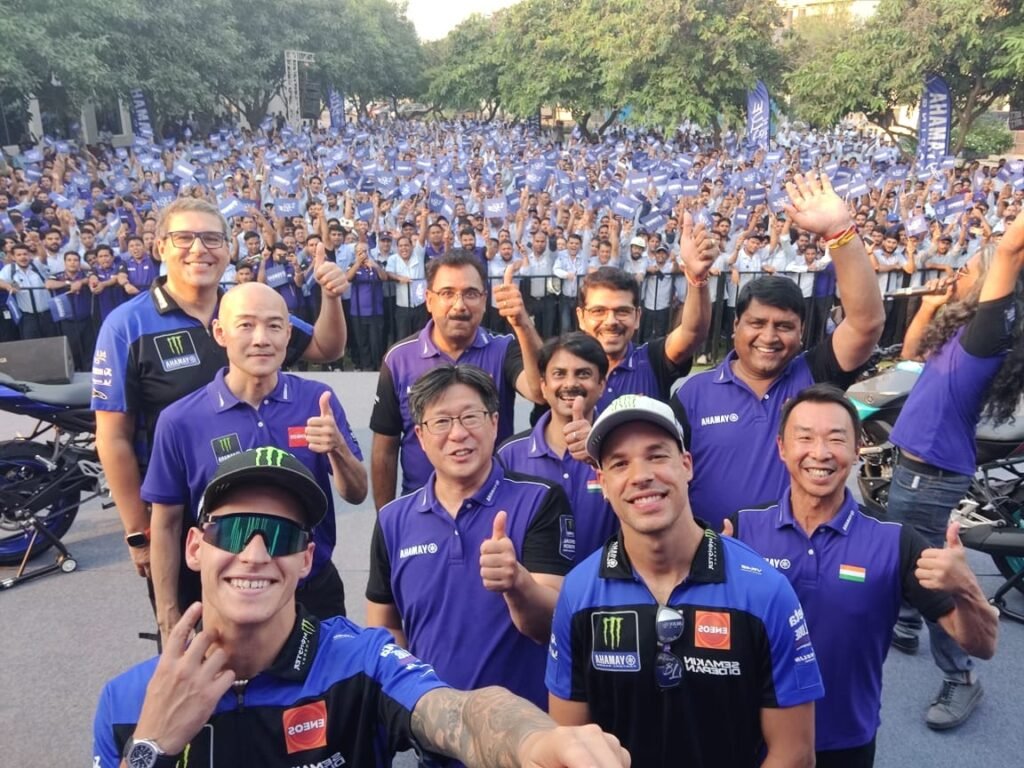
Have you ever thought that a difficult advertising campaign outside the country would do better? International PPC campaigns work best when you understand your audience and appeal to local culture.
Here are seven top tips for displaying international PPC ads that will give you the knowledge you need to succeed anywhere in the world.
googletag.cmd.push(function() { googletag.display(‘div-gpt-ad-1627282151448-0’); });
International PPC Ad Strategies
There are many reasons why a marketer or company wants to run international PPC ads in another country. For example, you want to generate more revenue, or your product or service is aimed at a different culture. Or you may be doing well in your current country, but you are ready to expand your market.
If you’re not sure, but want to try, running ads outside the country can prove lucrative if you can overcome the hurdles to developing a successful ad campaign.
This article will guide you through setting up your first international PPC campaign. After reading these seven tips, you have the knowledge and understanding you need to put together a strategic advertising campaign for a unique audience.
1. Decide which countries to target with your international PPC ads
Before you deal with targeted ads in specific countries, you should determine which countries respond to your ad.
One of the most important first steps you can take is to throw all your prejudices out of the window. Even if you think you know everything about a country and a culture, it may not be as dry and dry as you think.
They want to explore the market in the country, find out what kinds of advertising policies they have, and understand what the economy in the country looks like.
Pay attention to buying and spending habits. Before you advertise a particular product anywhere, make sure that the country spends money in a way that matches what you are selling.
For example, certain products are impulse purchases, while others take a day or two to decide. Impulse purchases are a matter of course for many Americans. About 54 percent of U.S. buyers admit to spending more than 100 U.S. dollars on something without thinking about it.
In other countries, this may not be the case. So if your product requires buyers to make a quick decision, look for countries that share a love of impulse buying.
2. Create international PPC ads that appeal to the local culture
As advertisers, we want our ads to stand out from others. If someone scrolls through a Google search or scrolls through posts on Instagram, our ad should be the one they recognize. However, we do not want our ads to be misrepresented.
Having a buyer personality does not end at the border. You must continue to create ads to address the local culture and address concerns or issues.
To do this, you need to explore local culture and understand its unique interests. This can be as simple as figuring out which colors and images they appeal to.
The tone of your ad is also important because certain cultures refer differently to the language than others. Take weight loss products, for example. Weight loss products are very popular in the US, but may not resonate well with other cultures. Talking about something like weight can even offend some.
Another good example would be to think about a typical working day. In the U.S., a 9-5 working day is common. Many people work from Monday to Friday and may not convert during this time.
For this reason, we may want to advertise certain products and services later in the day and at weekends when we find that most people surf the Internet and social media.
In South and East Asian countries, working hours there are much longer. It is not uncommon for them to work up to 80 hours in a week. This presents advertisers with unique challenges, but can also be useful for advertising to help people work less or relax more.
3. Optimize your budget by country
Your cost-per-click and cost-per-acquisition costs vary from country to country. The only way to know this for sure is to experiment by expanding and narrowing your audience as you learn which country your ad is best in.
If there’s a lot of traffic for a low-competition keyword, you can try the keyword by assigning that word a larger portion of your budget.
internationaler ppc in den vereinigten staaten
If we continue with the weight loss example and try the best weight loss pills in the US, we’ll see a lot of search volume and it’s super competitive.
It would be difficult to create an organic ranking for this keyword, and the CPC is USD 1.10, which is high.
When we move the audience to India, the search volume drops dramatically to 150 and a CPC of 0.35 USD. We may not want to promote this keyword to this audience, but if we do, we don’t have to budget as much as we did in the US.
4. Advertise where the locals are
You want to understand how different countries use search engines and other platforms. Focusing on Google ensures that you cover most of the world and exclude as few people as possible. But what if you’re limited to a more specific audience?
There may be a high concentration of people in this country who use a different search engine, and now your CPC has increased significantly because you haven’t researched.
As expected, Google has a market share of 92.41 percent of global Internet usage. If you want to launch a campaign and see which countries respond best, google advertising is the way to go.
Look what happens if we limit it to Russia: 44.54 percent of users use Yandex. In this case, advertising on Google would exclude nearly half of the people in the country because they wouldn’t see your ad.
Google offers many resources to help advertisers, and statcounter.com is a great way to retrieve data about foreign, unknown countries.
5. Organize and monitor your campaigns
The organization is an overlooked but crucial aspect in the management of international PPC ads. This is all the more important because it is more difficult for you to determine which ads are being converted – and which are not if you are not monitoring each country individually.
If you’re not careful, countries with low CPCs and high volumes use all your advertising spend, even if they never convert. Meanwhile, countries with higher CPC, but also higher conversion rates, could be left behind.
Therefore, make sure that you have a robust tracking program before starting.
You also want to track different time zones. If you include two countries on opposite sides of the globe in the same campaign, you must bear in mind that increasing or decreasing bids at certain times does the same for the country on the other side of the planet.
A better choice is to separate campaigns by country and more than usual keep track of your statistics.
6. Take advantage of localized concerns
Another reason to keep each campaign unique to a region is that you shouldn’t use the same ad copy everywhere. Even if you start with a wide display, you want to keep the message exclusive for a specific region and change the copy as you transition from one region to another.
The same ad copying rules apply no matter where your audience is located. Identify pain points that people in this region can have, things that upset them and what makes them buy. However, these factors vary from region to region.
For example, seasonal trends vary from place to place. Google Trends is a great way to identify this.
Suppose we use the example of weight loss pills. The trend has generally been constant over the last 12 months, with a slight decline in the winter months.
This tells us that spring would be the best time to promote such a thing, as more people are likely to think about losing weight as summer approaches.
Explore the same term in Italy, and interest has been almost non-existent for months. The culture in the country may not recognize weight loss pills as a method of losing weight, or they simply don’t have as much interest in weight loss as they do in the United States.
The point is that your copy of the ad must take into account the concerns of each region or country. You don’t want to display the same ad for each area because you may not be referring to it or you may not be interested in the topic.
7. Use a local domain extension
Credibility and trust are important factors for any campaign, but doubly important for international PPC ads. Use a domain extension that matches the country where you advertise to quickly build trust. This is crucial if you only have a few seconds before someone bounces off.
A domain extension “.au” or “.co.uk” does not seem to be a significant change, but it can make a massive difference in the long run. Also, consider the benefit you might have over someone using a default extension for .com or .org.
If you have a domain extension corresponding to the country, you look local and increase the likelihood that someone will click on your link. If you think about it that way, we also have certain signs of confidence in the United States. It’s like the endless battle between choosing “.com” or “.org.”
All over the world, the same confidence signals apply, and every little bit helps. ICANN.org provides a long list of domain endings based on specific countries.
result
When it comes to international PPC ads, you can’t compromise or use shortcuts and expect you to succeed. Keep your campaigns organized by country, keep an eye on your ROAS (Return on Ad Spend) and consider small details such as time zones and domain endings.
The good news is that ther






